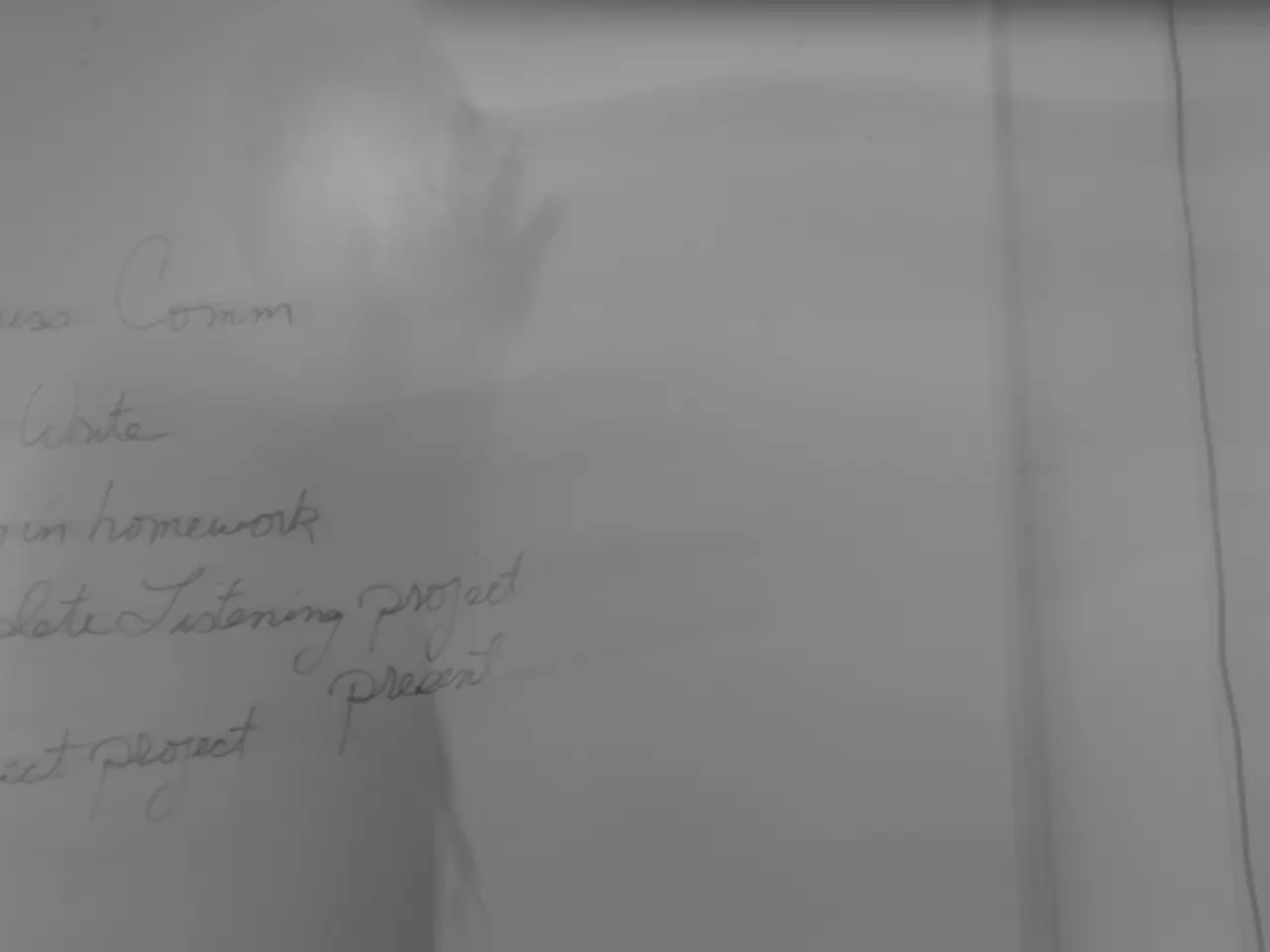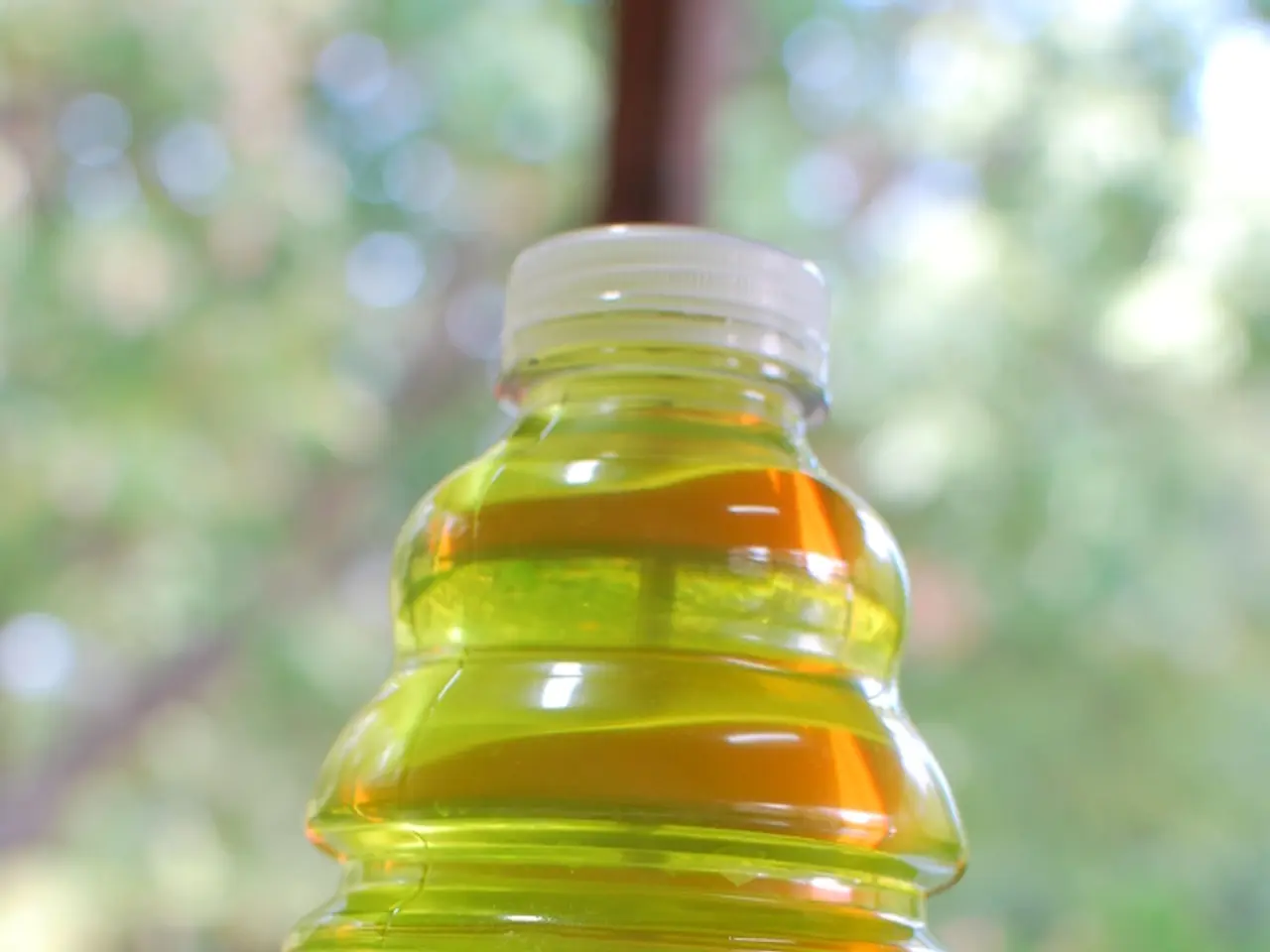Finger Injury: Symptoms, Remedies, and Medical Advice – When to Consult a Physician
A jammed finger, a common sports injury, can be a frustrating and painful experience. However, with the right care and exercises, you can effectively reduce stiffness and restore mobility.
After healing from a jammed finger, engaging in gentle, regular finger exercises and scar massage is crucial to prevent adhesions and restore mobility. Here are some effective exercises and methods to try:
1. Finger Range of Motion Exercises: Start with slow, gentle movements. Bend your fingers toward your palm to make a "C" shape, then straighten them back out. Repeat this 10 times several times per day. For thumb bends, bend the thumb to touch the base of the pinky finger, hold for a few seconds, then release. Repeat this 10 times. These exercises gradually increase flexibility and reduce stiffness without causing discomfort.
2. Joint Mobilization and Stretching: Try gentle stretching of the finger joints without causing pain. Place your finger flat on a table and gently lift or push the joint within your comfortable range. Hold stretches for several seconds before releasing. Repeat multiple times daily to increase motion.
3. Scar Massage: If your jammed finger involved any injury or surgery, and the scar tissue is healed and dry, perform circular massage around the scar with a moisturizing cream. Start gently and increase pressure over time.
4. Strengthening Exercises: Once mobility improves, mild strengthening exercises like squeezing a soft ball or using therapy putty can help build muscle support around the finger joints.
5. General Hand and Wrist Stretches: Incorporate wrist stretches and whole hand exercises regularly to maintain flexibility, as stiffness can be related to overall hand or wrist tightness.
Remember, perform exercises little and often throughout the day, avoiding pain—some tightness is normal, but sharp pain is a sign to stop. Therapy or professional guidance is highly recommended if stiffness persists to ensure tailored exercises and avoid re-injury. Consistency over time is key, as full movement may take weeks to return depending on severity.
If your finger appears deformed or crooked, develops a fever following the injury, becomes significantly swollen, starts hurting more over time, cannot be fully straightened, or if your symptoms continue to get worse, seek immediate medical attention.
PRICE treatment, which includes wearing a splint or buddy wrap for protection, resting the hand, applying ice, compressing the finger, elevating the hand, and taking over-the-counter pain relief medications, can also aid in the recovery process. A doctor can usually tell the difference between a jammed finger and a broken finger based on a visual examination.
With proper care, a jammed finger will regain both its strength and flexibility after healing. Doctors commonly treat a jammed finger with a splint or brace to keep the finger straight and stable while the damaged ligaments heal. An X-ray may be taken to confirm a diagnosis if it's not clear whether the finger is jammed or broken.
In conclusion, with a combination of gentle, progressive mobilization, scar care, and strengthening exercises, you can effectively reduce stiffness in a jammed finger after healing.
- Engaging in fitness-and-exercise routines that include hand-and-wrist exercises may help prevent a jammed finger injury in the first place.
- Spondylitis, an inflammatory type of arthritis, can affect the spine and cause stiffness and pain, necessitating treatment.
- Obesity has been linked to several health-and-wellness issues, including diabetes, heart disease, and certain types of cancer.
- A predictive model for Crohn's disease could help improve early diagnosis and tailor treatment plans for patients.
- Psoriatic arthritis is a form of arthritis that affects people with psoriasis, causing joint pain, swelling, and stiffness.
- Age-related macular degeneration is a disease that affects the vision, particularly in the elderly, and can lead to central vision loss.
- Living a healthy lifestyle, including a balanced diet and regular exercise, can help manage conditions like depression and anxiety.
- Science has advanced to develop vaccines for diseases like HIV, enabling treatment and prevention of the virus.
- Breast cancer awareness campaigns encourage regular screenings for early detection and treatment.
- In some cases, arthritis may lead to joint degeneration, causing pain and loss of mobility over time.
- A healthy diet, regular exercise, and stress management can help reduce the risk of conditions like obesity and depression.
- Fitness-and-exercise can also play a crucial role in overall health-and-wellness, improving mental health and physical fitness.




